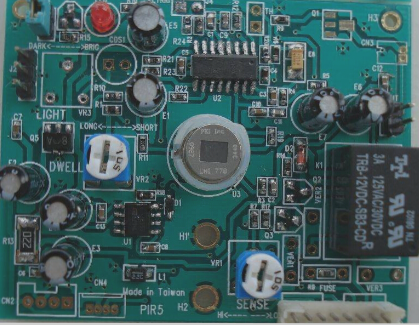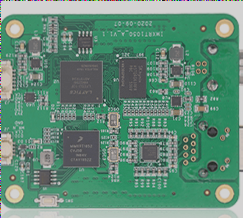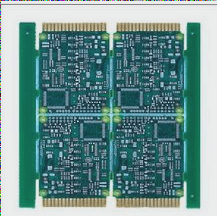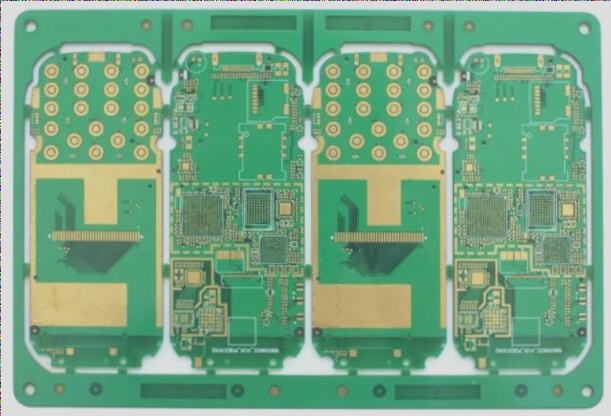The Evolution of 3D Printing File Formats: From STL to 3MF
The STL file format has been the go-to standard for 3D printing since its inception by 3D Systems in 1987. However, a newer format, 3MF (3D Manufacturing Format), is gradually taking its place, offering numerous advantages over its predecessor.

As 3D models become more complex and detailed, the need for a higher number of triangles in the representation increases.
STL: The Traditional Format
STL files describe a model’s surface using unstructured triangles, which can lead to imprecise approximations of the original geometry. This format lacks support for variable layer thickness and cannot store mathematical expressions, limiting its accuracy in preserving geometric data.

STL files do not include machine-specific data or print settings, necessitating the provision of additional manufacturing specifications when working with third-party manufacturers.
The Rise of 3MF
3MF is a newer file format developed to enhance 3D printing technology. Compared to STL, 3MF offers richer data support, smaller file sizes, and more efficient storage formats. It includes unit information, color details, and simplifies the printing process by eliminating the need for separate print instruction files.

3MF files contain comprehensive model descriptions, support future 3D printing innovations, and ensure interoperability with various 3D printers and software, reducing errors and streamlining the manufacturing process.
Enhanced Manufacturing Integration
3MF’s ability to carry metadata for print settings and machine-specific information makes it independent of slicer software or printer models. This integration simplifies the manufacturing process, ensures consistency, and provides better control over the production of parts across different machines.
The Advantages of 3MF File Format in 3D Printing
When it comes to 3D printing, the 3MF file format exported from Fusion 360 offers significant advantages. Unlike the traditional STL format, the 3MF file includes metadata tabs that store machine and print settings. This means that users can easily manage supporting structures and transmit all necessary data to the printer using a single file.
Enhanced Security and Compliance
One of the key benefits of the 3MF format is its potential for secure protocols. By limiting the number of copies made of a part and incorporating encryption to protect intellectual property, 3MF ensures compliance with regulatory requirements, making it a preferred choice for industries that prioritize data security.
Comparison with Other File Formats
While STL remains a popular choice, other 3D printing file formats like OBJ, PLY, and AMF offer unique features. OBJ can store texture and color data, PLY is ideal for 3D scanning, and AMF captures color, material, and internal structure information in an XML format. However, despite its capabilities, AMF lacks the industry support needed to challenge STL’s dominance.
The Future of 3D Printing
The 3MF Alliance, consisting of industry giants such as Microsoft, AutoDesk, and HP, is driving the adoption of the 3MF format. With support from Microsoft’s Windows 8.1 and 10, 3MF is positioned to become the next standard in 3D printing, potentially replacing STL in the near future.
For Inquiries About PCB or PCBA
If you have any questions regarding PCB or PCBA services, feel free to reach out to us at info@wellcircuits.com.




